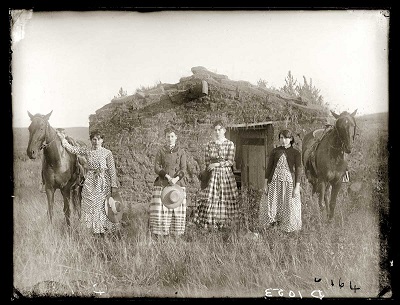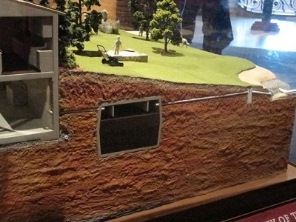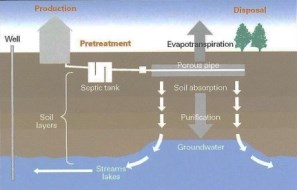Engineering and Urban Soils
Shelter and Engineering Feats
Almost all human structures (roads, houses, cities, energy and water supply structures…) are built on and in soil. The brick (clay) and concrete (sands) that make up most of the houses in the US come directly from the soil, and the trees for furniture and lumber are grown directly in soil. In the American Southwest, soils were mixed with straw to create adobe bricks. These bricks kept houses in the desert very cool. Adobe is very vulnerable to earthquakes though.
Cob houses are also built around the world. They are made of the same material that Adobe brick is, except they are of a free form design, with the mud piled on top and stomped down. These walls are around 2 feet thick, and can be shaped and formed into new things.

Construction Activities
A summary on urbanization and its impact on soils can be found on the Human/Soil Interaction page.
Cutting and Filling for Building

Cold Soils
When humans build, they need to take into account the types of soils that they are building on. In the tundra region, building on permafrost (soils that are frozen year round deep, but thaw a lot during the summer) is tricky. This is one of the reasons why the Alaskan Oil Pipeline had to be built above ground. More information on the landscape, and building challenges in cold regions can be found on the Tundra page
Septic Systems

Model of cut out of septic system.

Image from Sustaining our Soils and Society, American Geological Institute, 2005, Figure 10.
Soils are used to purify wastewaters. In most rural homes outside of municipalities, wastes from the toilets, sinks, and washing machine pass through a septic tank into soil. The septic tank biologically treats the solids and the water moves into the soil through a series of porous pipes. As the water leaves the pipes and passes through soil, it becomes purified before reaching groundwater or drinking wells.



